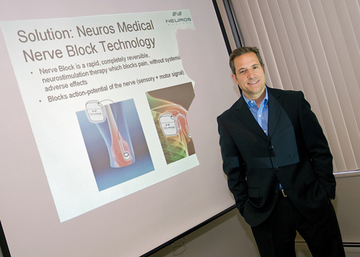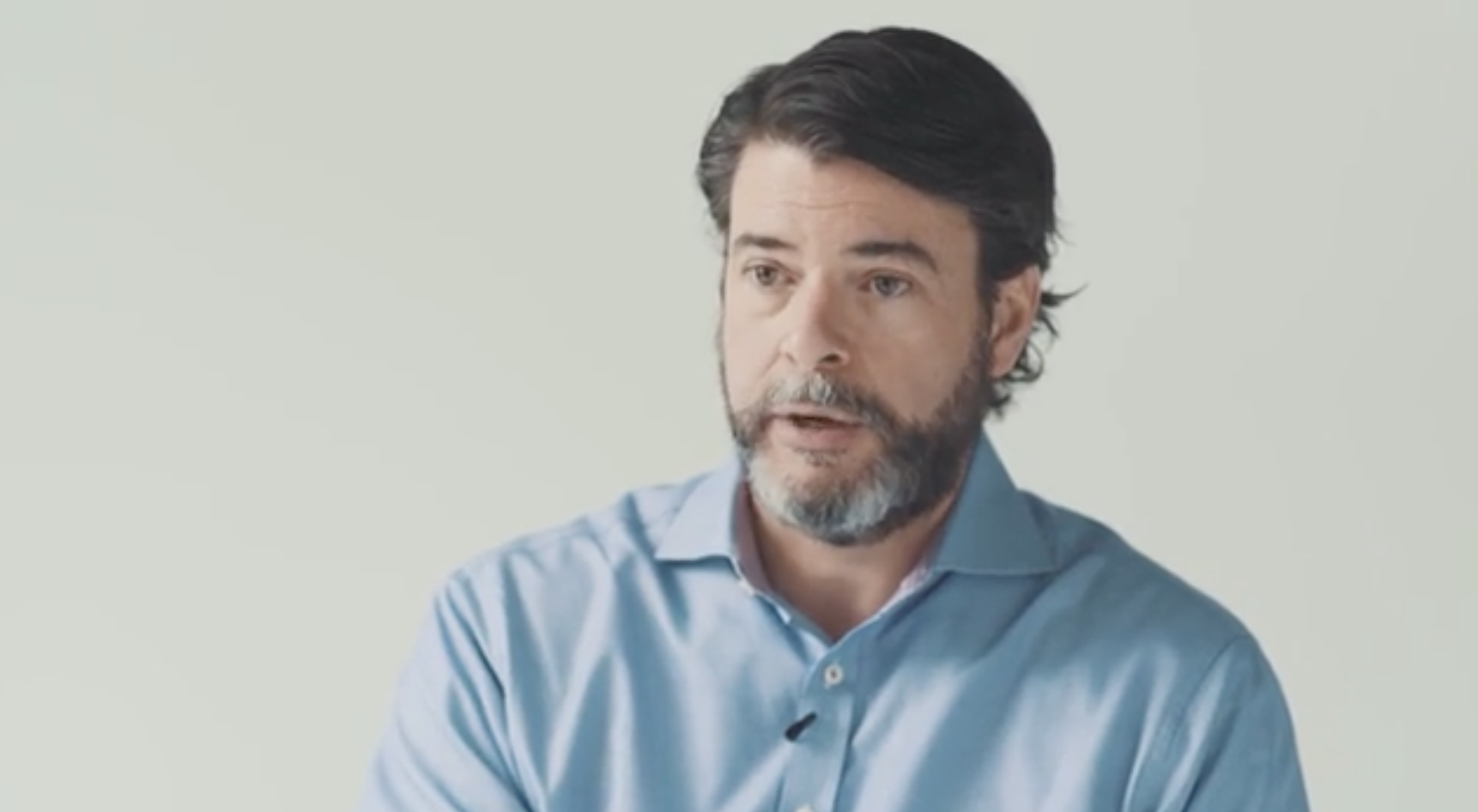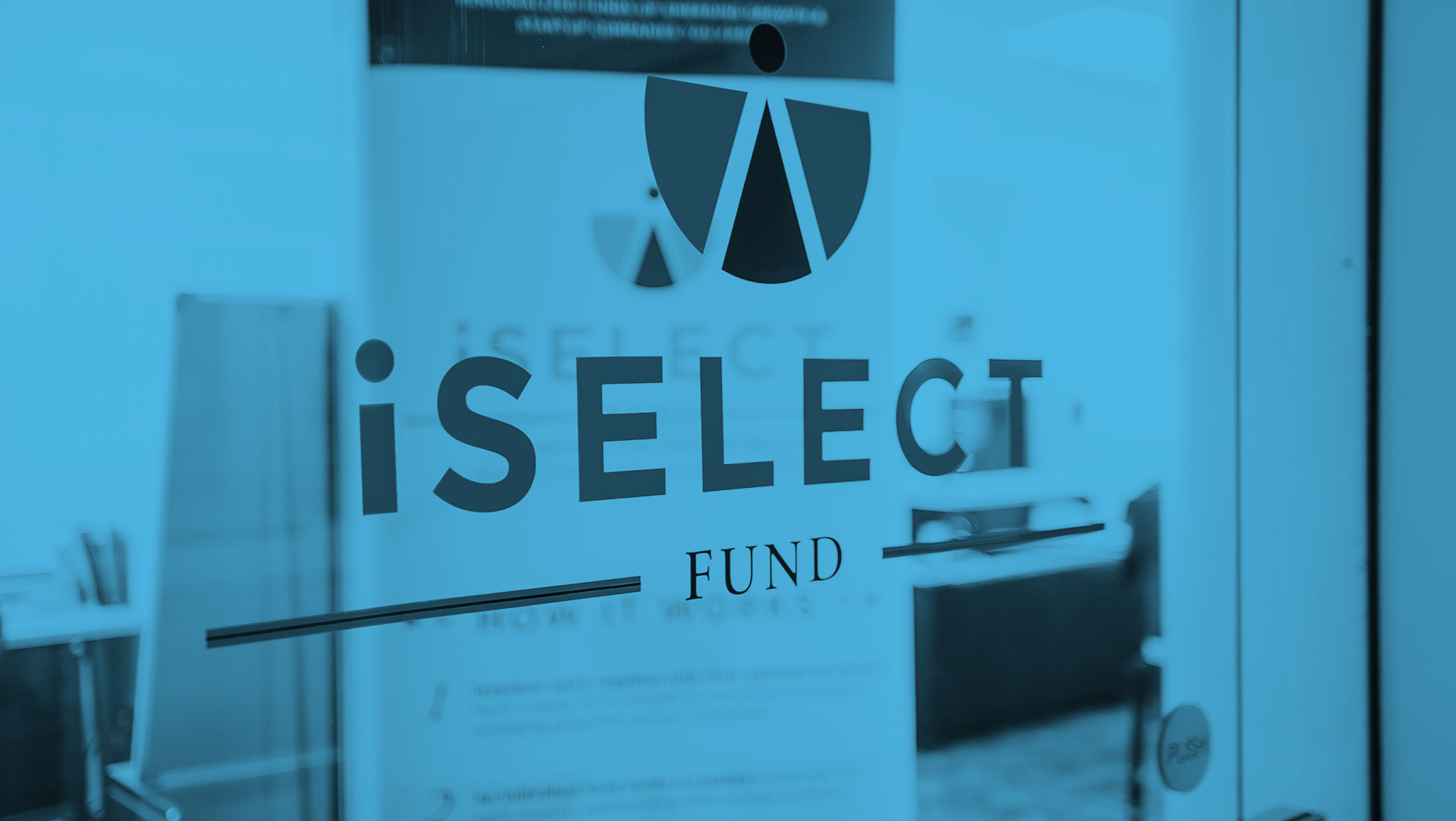Physicians have been fascinated with blood and the circulatory system for hundreds of years. Records dating back to early Roman times prove that bloodletting was in wide use as a treatment for disease at least 2,000 years ago, and leeches have been used in medicine for more than 2,500 years, dating back to a period when many believed that an excess of blood was to blame for many maladies.
But, as we now know, the role of blood in human health goes beyond these rudimentary treatments. It is blood pressure, not just the blood itself, that is the true measure of the health of the circulatory system. In patients with low or moderate blood pressure, which travels smoothly through the heart and arteries, the system functions as it should with minimal trouble. But in those patients with elevated blood pressure, the circulatory system is under near-constant stress. The heart is pumping faster, the veins and arteries are being asked to carry more and the entire body is working in a state of overdrive that can eventually lead to other medical problems.
Seventeenth-century English physician William Harvey is credited with laying the groundwork for our understanding of the human circulatory system, but hypertension as a clinical diagnosis did not officially come to modern medicine until 1896 with the invention of the sphygmomanometer, the same cuff-based measurement tool that nearly everyone on the planet has had strapped to their arm at their doctor’s office at least once in their life. With this device, doctors are now able to measure a patient’s blood pressure right in the clinic, providing them with a quick and easy overview of a patient’s circulatory health.
As a result, blood pressure is today one of the cornerstone metrics of our health.
All Hypertension Is Different
It didn’t take long for modern medicine to realize the relationship between elevated blood pressure levels and a whole host of chronic problems, including heart disease, kidney disorders, stroke and more. At first it was “essential hypertension,” or elevated blood pressure for which no cause could be found. Then, in the 1920s, the Mayo Clinic coined the term “malignant hypertension” to describe severely high blood pressure that was likely to lead to kidney damage, heart failure and death.
(On the flipside, mildly elevated blood pressure was in those days referred to as “benign hypertension.” That is, until the 1950s, when doctors came to their senses and realized that even mild high pressure wasn’t so benign after all and began treating the condition at lower and lower levels in a wider range of patients.)
High blood pressure is often called the “silent killer,” because most of the time the condition has no obvious signs or symptoms to indicate that something might be wrong. That’s because high blood pressure develops slowly over time and can be related to many different causes, from diet, to lifestyle, to genetics. In fact, nearly 20% of patients with high blood pressure don’t even know they have it.
But, silent or not, hypertension is truly a killer. More than 360,000 Americans die every year as a direct result of their high blood pressure, and 70% of people suffering their first heart attack and 80% of those suffering their first stroke also have high blood pressure. High blood pressure affects more than 67 million Americans, according to the CDC, and only about half of them have their condition under control. What’s more, nearly 30% of all other adults have prehypertension, or blood pressure numbers that are higher than normal but not yet in the high blood pressure range. This costs the U.S. economy more than $46 billion each year in health care services, medications to treat high blood pressure, and missed days of work.
Today, the most severe form of high blood pressure is known as “resistant hypertension,” referring to the fact that it is high and stays high despite the use of several different blood pressure medications, and usually involves kidney and adrenal gland complications. Resistant hypertension (RH) is the blood pressure equivalent of antibiotic-resistant bacteria: An all-but-untreatable medical condition that only gets worse with time.
As of 2017, 12% of all U.S. hypertensives, or some nine million people, are currently classified as suffering from resistant hypertension. Worldwide, this group numbers more than 300 million. And the risks they face are significant. RH can markedly increase the risk of stroke, myocardial infarction, heart failure and end-stage renal disease in the elderly, African Americans, patients with chronic kidney disease, and diabetics who are particularly at risk for the disease. The major physiological complications associated with resistant hypertension include vasoconstriction, salt and water retention and excessive aldosterone secretion.
There are currently no approved drugs to treat resistant hypertension.
New Solutions In the Works
Zumbro Discovery, a clinical-stage biotech company in Rochester, Minn., is working to change that by developing novel, atrial natriuretic peptides (ANPs) for the treatment of resistant hypertension. ZD100, the company’s lead compound, is a patent-protected, mutant atrial natriuretic peptide (MANP) based on decades of research by the company’s co-founders, who head the Cardiorenal Research Laboratory at the Mayo Clinic.
ZD100 targets the body’s guanylyl cyclase (GC) receptors, specifically the GC-A receptor, which is the target of endogenous ANP that is naturally produced by your body in the heart. The benefits of ANP — and MANP to a larger degree — are in its natriuretic, aldosterone suppressing, and blood pressure lowering properties. In other words, it works to control the heart, kidney and adrenal gland issues associated with resistant hypertension. ZD100 is a 40 amino acid peptide based upon the native ANP but has biological properties that go beyond natural ANP, with greater natriuretic, aldosterone suppressing, and blood pressure lowering actions.
For patients suffering from resistant hypertension, it’s a new treatment that could do more than alleviate their symptoms. It could save their life.
This round of financing is being led by Broadview Ventures, one of the foremost investors in treatments for cardiovascular and neurovascular diseases. Zumbro has also received financing from Mayo Clinic Ventures.






